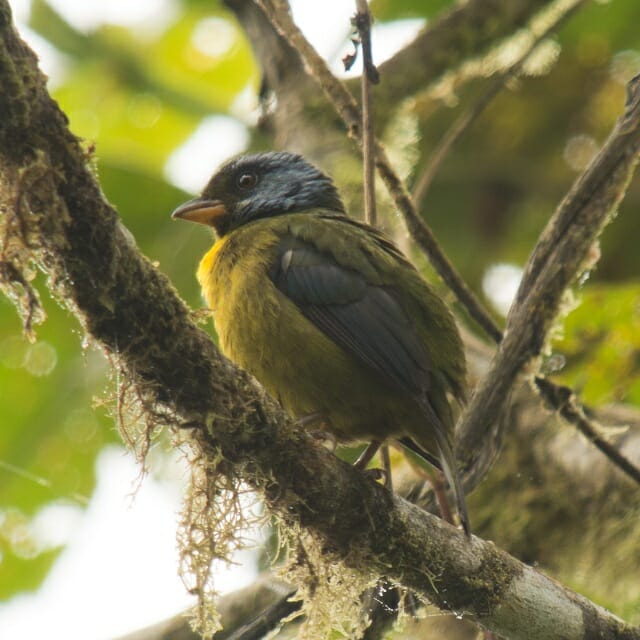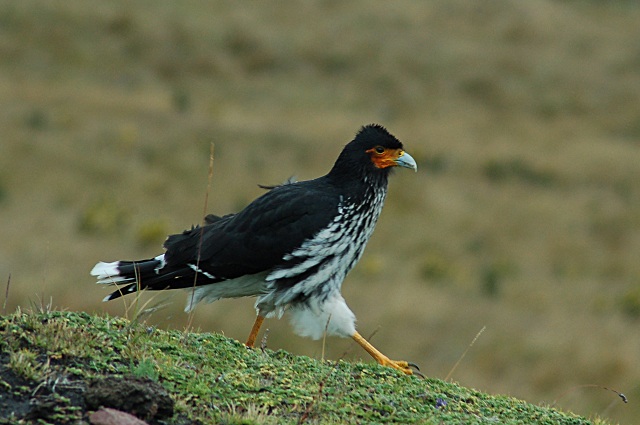So, you are an avid bird watching enthusiast and that’s why you are reading this web age. I am glad. You won’t be disappointed that you have clicked on a title that lured you in. I will take you to the following most toured places in the world including Ecuador to watch as many as 1600 species of birds.
- Napo River
- Apurímac River
- Cloud forests of the Andes
- Yasuni National Park
- Papallacta town, Ecuador
- Chocó rainforest region, Columbia
- Mashpi Reserve Ecuador
- Quito Ecuador
- Napo Wildlife Center
- Ecuador’s Yasuni National Park
- Antisana Ecological Reserve, Ecuador
- Amazon Rainforest
Of course, I cannot list out all the 1600 species of Amazonian birds here but whatever I am going to show would certainly entice you to plan your Ecuador bird safari as soon as possible.
I hope you have a top class video camera that has very sharp ears to pick up the beautiful songs of birds and the myriad sounds of forests.
Be ready to cry out loud in sheer delight when you spot your sight of vibrant macaws in their own comfort zone. In addition, be on the lookout carefully for the elusive spoonbill, that you have thus far have seen only in zoos.
Mashpi Reserve Forest, Ecuador
Your bird safari guide’s first recommendation to you is to take a ride in one of the aerial trams to see the birds nesting on top of the giant trees of Andes Mountain.
Now visualize your first sight of cloud forest and the most incredible birds that you watch as your sky tram glides gently on the metal ropes.
Arm yourself with the right knowledge of the Andean wildlife and surprise your guide and fellow bird watchers. There are about 500 species of avifauna in the Mashpi region and out of that, 36 are endemic, meaning, they are not found elsewhere in the world. Wow! Wouldn’t that be terrific?
In Mashpi cloud forest region, you can watch:
- Glass frogs

- Indigo flowerpiercer

- Orange-breasted fruit eater

- Moss-backed tanager
 I think it is very to difficult to spot this bird whose color can easily camouflage the bird.
I think it is very to difficult to spot this bird whose color can easily camouflage the bird.
Don’t they all sound exotic? I am sure you are coming across such names of birds and amphibians for the first time in your life.
Mashpi Reserve is fairly a large area of bio-reserve extending up to Peru on the Andes slope of the pacific side. The forest starts from as far as Panama.
So, how do you like them as samples only? That is an indication of what avifauna awaits you in the other regions of Andes and Amazon Rainforest.
Napo Wildlife Center, Yasuni National Park, Ecuador
Ah, you are now taken into a part of the most awaited Amazon Rainforest. The Napo Wildlife Center and the surrounding Yasuni National Park are protected by the UNESCO as a Biosphere Reserve. The journey to this thick avifauna habitat itself is pretty exciting as it involves a plane ride from Quito, the capital of Ecuador up to Coca. After reaching the Coca town, you will begin your journey deep into the Amazon jungles through a canoe. I am sure you watched the adventurers canoeing down a caiman (crocodile) infested river deep inside the Amazon Rainforest.
You can spot:
- Toucans
 It resembles very much a Hornbill. These big birds can be easily spotted by their movement disturbing the still leaves of the trees.
It resembles very much a Hornbill. These big birds can be easily spotted by their movement disturbing the still leaves of the trees.
- Macaws
- Pink Dolphins
- Hoatzins
 Wow! What a lovely bird. I guess it is endemic to the Napo bio-reserve region.
Wow! What a lovely bird. I guess it is endemic to the Napo bio-reserve region.
- Herons
- Kingfishers
- Euphonia

- Capuchin monkeys

- Aracari
 Beautiful! Looks like a smaller version of Toucans.
Beautiful! Looks like a smaller version of Toucans.
- Cotinga

- Purple Tufts
- Flycatchers
- Manakins
 What a color combination in such a small bird!
What a color combination in such a small bird!
Antisana Ecological Reserve, Papallacta Town, Ecuador
Oddly, in spite of so many bird habitats in the Amazon and Andes regions, the Antisana Ecological Reserve too is home to more bird species that are endemic! More than 150 species of birds live in this calm area.
- Andean condor

- Stout-billed Cinclodes
 But its bill is not stout!
But its bill is not stout!
- Andean black-faced ibis

- Carunculated Caracara

- Andean lapwing
- Long-wattled umbrella bird

- Ornate Flycatcher
- Several species of hummingbirds
- Rufous-fronted wood quail
 Yeah, that’s a wood finish all right.
Yeah, that’s a wood finish all right.
- Rufous-crowned Antpitta

Oh, what a range of astounding varieties of Amazon and Andes birds you can capture in your camera during your exhaustive and exotic bird safari!
More Avifauna of Ecuador
Here are some more exotic Ecuador birds for which I could not collect many images.
- Woodcreepers
- Black-necked Red Cotinga
- Screaming Piha
- Tinamous
- Point-tailed Plamcreeper
- Yellow-billed Tern
- Capped Heron
- Collared Plover
- Black-and-white Antbird

- Spinetail
I think you have had enough of avifauna and now want some different action-right?
There are numerous forest trails that you can inquire about and choose the one that suits your energy level. During such a hike, try to capture some of the rare wild Amazonian flora in your camera.
Sit on a canoe and go for a solo canoe ride in Añangu Lake. If you have some knowledge about fish, you can identify so many freshwater fish species including the rare stingrays and peacock bass.
Try to plan a week-long birding tour in Ecuador so that you can watch at least 50% of the birds listed in this blog post.



1 comment
What a treat this blog post is. So happy to have stumbled upon it.
Comments are closed.